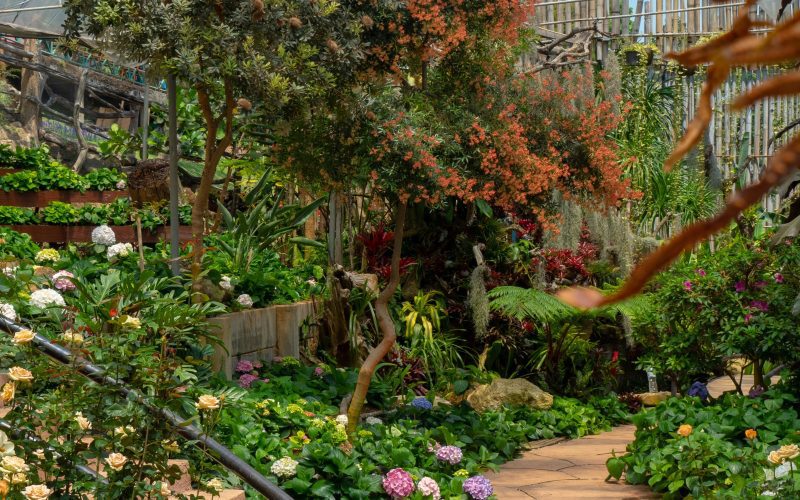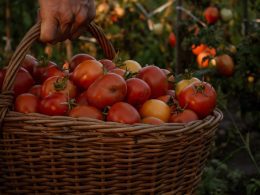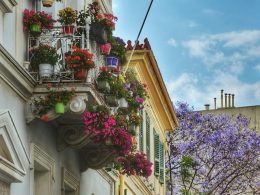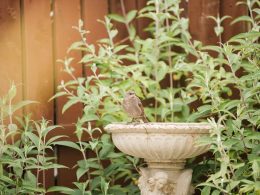Introduction: In a world bustling with technology and concrete jungles, there is a growing desire to reconnect with nature’s beauty. Creating a butterfly haven in your own backyard offers a captivating and rewarding experience that allows you to witness the delicate grace of these enchanting creatures up close. In this step-by-step guide, we will explore the art of cultivating a picturesque butterfly haven, transforming your outdoor space into a sanctuary of fluttering elegance.
- Choosing the Perfect Location: The first step to creating a butterfly haven is finding the ideal location in your backyard. Look for an area that receives ample sunlight, as butterflies thrive in warm, sunny environments. Consider factors like wind direction, proximity to water sources, and the availability of sheltered spots where butterflies can rest.
- Selecting Butterfly-Friendly Plants: To attract butterflies, it’s crucial to provide them with a diverse range of nectar-rich flowers. Choose a variety of plants that bloom throughout the seasons, ensuring a continuous food supply for these delicate creatures. Popular choices include butterfly bushes, milkweed, coneflowers, zinnias, and lantanas. Native plants are especially beneficial, as they are well-adapted to local butterfly species.
- Creating a Welcoming Habitat: Butterflies require more than just nectar-producing flowers. Providing host plants is essential, as these are where butterflies lay their eggs, and the larvae feed on the leaves. Research which host plants are preferred by the butterfly species native to your region and incorporate them into your garden. Some common examples include milkweed for monarch butterflies and parsley for black swallowtails.
- Incorporating Water Sources: Like all living creatures, butterflies need water to survive. Adding shallow dishes or birdbaths filled with clean water can provide them with a source for drinking and puddling. Puddling is a behavior where butterflies congregate to extract minerals and salts from moist soil or sand. By offering a water source, you’ll increase the chances of attracting a wide variety of butterfly species to your haven.
- Avoiding Harmful Pesticides: Creating a butterfly haven means embracing environmentally friendly practices. Avoid using pesticides in your garden, as they can be harmful not only to butterflies but also to other beneficial insects. Instead, explore organic methods for pest control, such as companion planting and natural predators like ladybugs or praying mantises.
- Providing Resting Spots: Butterflies need resting spots to bask in the sun, warm their wings, and seek shelter during adverse weather conditions. Incorporate flat stones or boulders in your garden where butterflies can perch and soak up the sunlight. Planting shrubs or installing trellises and arbors can also create shaded areas for butterflies to seek respite from the heat.
Conclusion: Creating a picturesque butterfly haven in your backyard is a fulfilling endeavor that invites the wonders of nature into your life. By following this step-by-step guide, you can cultivate an environment that attracts a diverse array of butterfly species, providing them with the essential elements they need to thrive. As you witness these delicate creatures gracefully fluttering among the flowers, you’ll not only enjoy the beauty of your garden but also play an active role in conserving and preserving these mesmerizing insects for future generations to appreciate.











